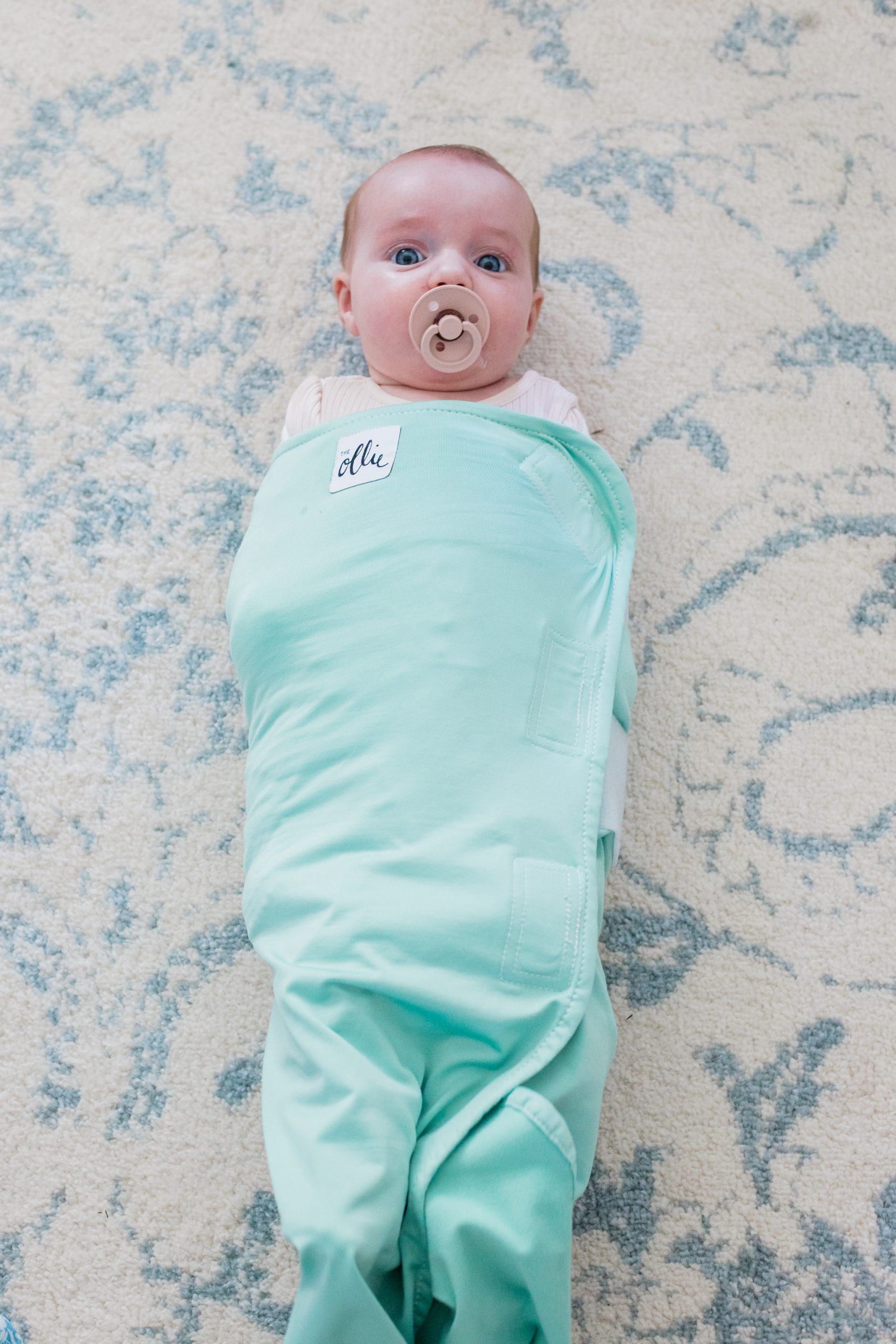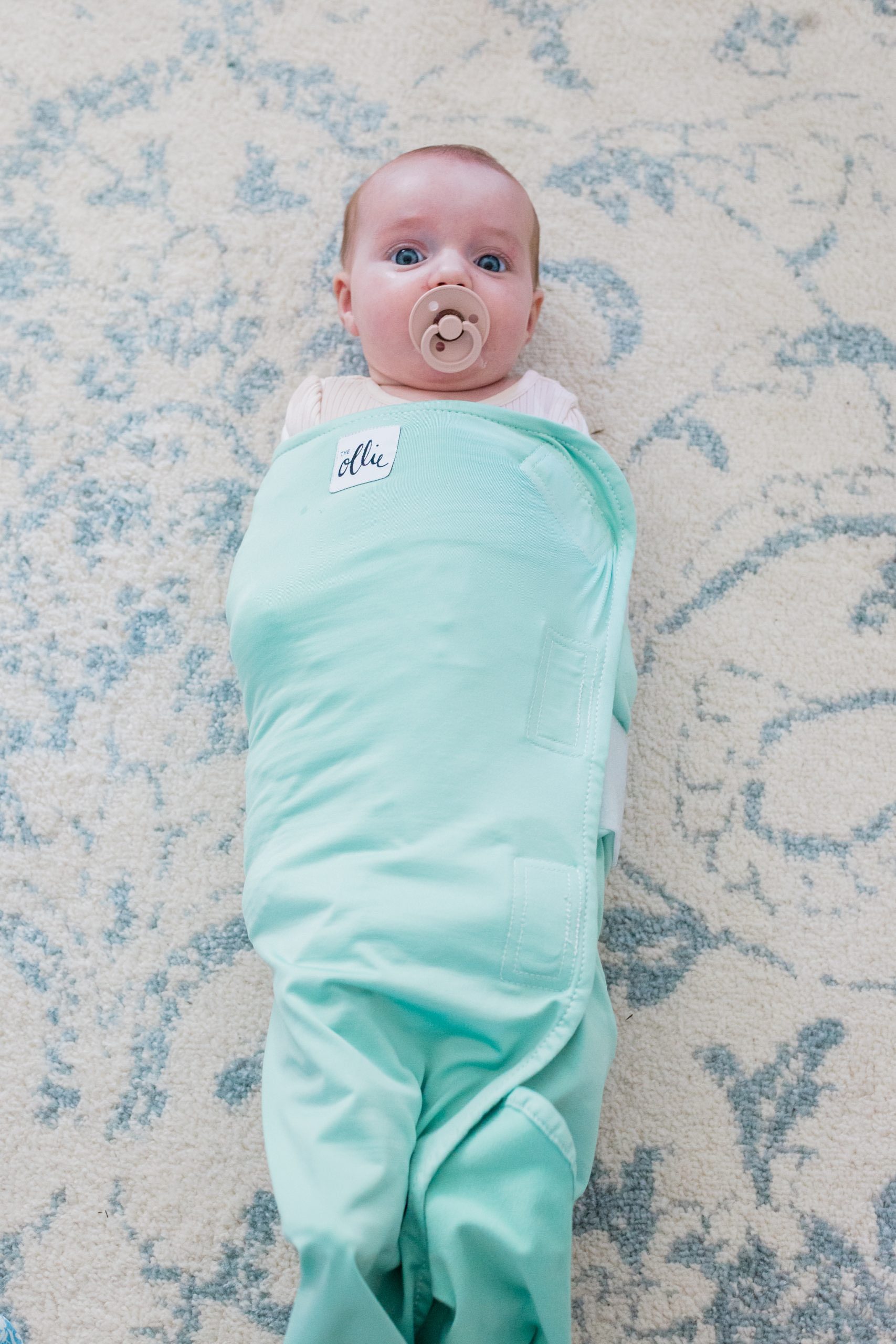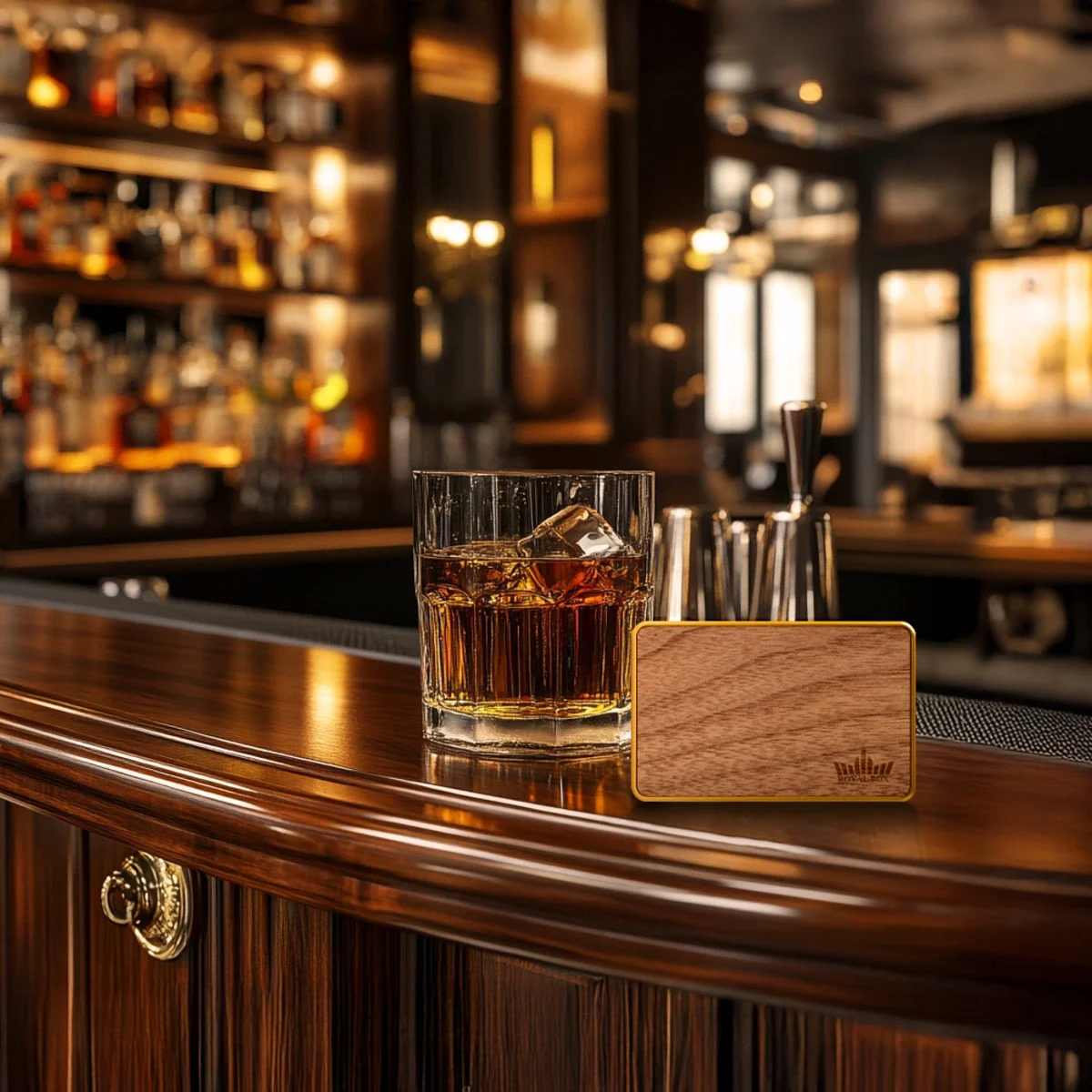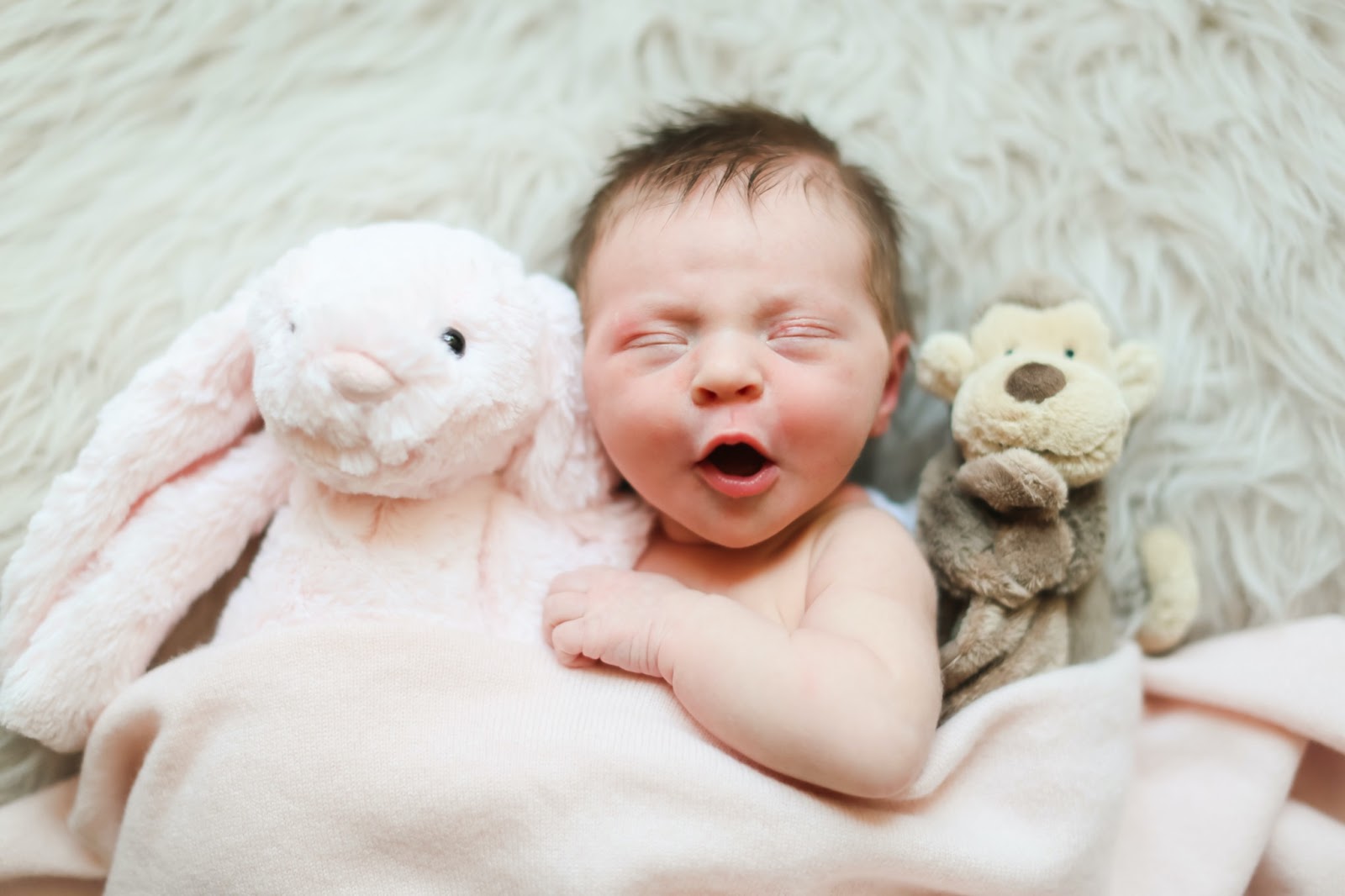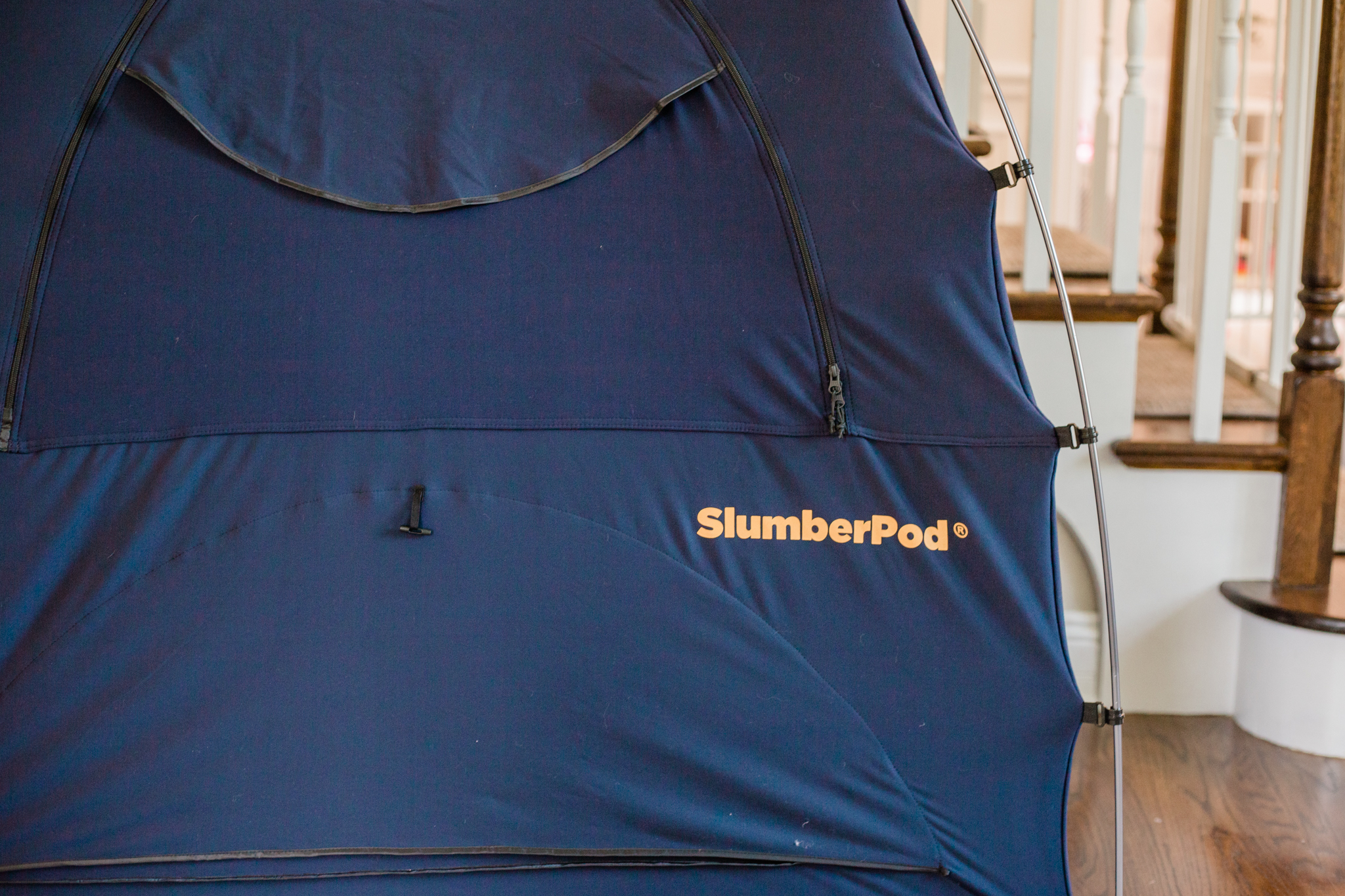Wondering about your car seat install and products? Sarah Peters, Nationally Certified Child Passenger Safety Technician, lists the 10 common car seat misuses, with tips for products to use and avoid.
1. Off-brand products
The use of any product that did not come with your car seat can be a potential danger to your baby in the event of a crash. Car seats are crash tested with only what they come with, and therefore by adding additional pieces, it could change the effectiveness of the seat when in a collision.
Some car seat manufacturers will sell pieces that can be added, but it must be okayed by both through the car seat manual and the car seat manufacturer. For example, Britax sells a seat protector which has been crash tested with their personal car seats and has been deemed safe.
However, you could not safely use the Britax seat protector with a different brand of car seat unless it is okayed by BOTH manufacturers. Reading your car seat manual and doing the research before buying a seat protector is extremely important.
- Head and neck inserts
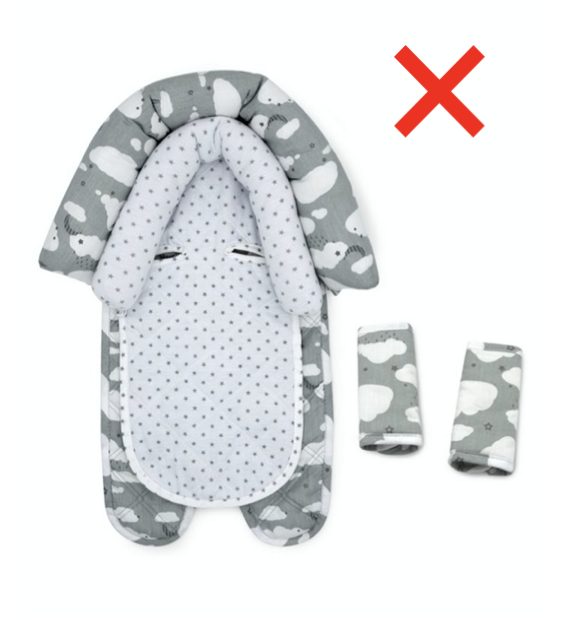
- Seat protectors
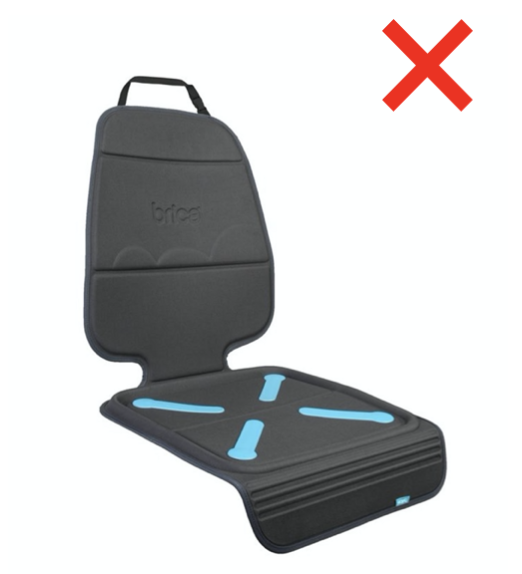
2. Improper harnessing
The proper use and position of car seat straps are extremely important to maintain maximum safety while in a seat. The position of the straps changes as a child grows, but also as they switch from rear facing to forward facing.
A rear facing seat should have straps that land AT or BELOW the child’s shoulders. While in a forward facing seat the straps should fall AT or just ABOVE the child’s shoulders.
Whether a child is rear or forward-facing, the chest clip should always be at armpit level, and no webbing should be able to be pinched at the shoulder to ensure proper tightness.
A child who is old enough might say “Its too tight!” But take comfort in knowing that as a caregiver you are keeping those straps as tight as they need to be to keep the child safe.
*Images from cdc.gov
Many caregivers believe that the middle seat is the “safest” for a car seat. However, when installed correctly all three back row seats are perfectly safe for car seat installation.
Another rumor is that using the lower anchors is safer than using the seat belt, and again, when used correctly, the seat belt is just as safe as using lower anchors.
This headline misuse refers to using the lower anchor points from the two side seating positions to put a seat in the middle seating position. This is NOT allowed in most vehicles, read your car manual to check your own vehicle’s ruling.
If the middle seating position is the desired spot for a car seat, using the seat belt to install will be the only safe way. Using only one method of install is required, as car seats are not crash tested using both the seat belt and lower anchor attachments at the same time.
4. Projectiles
Projectiles are anything in the car that can become airborne during a crash. Something as common as a purse in the front seat can be detrimental, and when it comes to car seat misuses, hard toys, water bottles and mirrors are no exception.
Therefore all unnecessary items should be stored and secured in the trunk. And if a mirror or water bottle is necessary, try to use a soft sided mirror or silicone collapsible cup when you can.
Have you seen our car seat safe toys in LTK and Amazon?
5. Coats and BundleMe
Winter weather is inevitable here in the Midwest, and therefore knowing what is safe to use for the winter while in a car seat is imperative. Placing any layer of material between a child and the car seat can cause slipping in the event of a crash and therefore should be avoided.
Off-brand products such as the BundleMe should not be used in a car seat for this reason. The same goes for large winter coats for older children.
When applicable, try to heat up the car before getting in during the colder months and remove jackets once inside the warmed vehicle.
Also, putting the jacket on backward once in a seat is another safe option. Babies in carriers can use an elastic winter cover and can be bundled with a blanket after the straps are properly secured but heavy blankets and the cover flap should be removed before driving to alleviate overheating while in the car.
See our car seat safe coats and covers post for safe car seat coat options. Watch this crash test video to see the difference a puffy coat plays in the event of a crash.
NOT safe for use:
- BundleMe (goes under baby)
- Puffy coats
SAFE alternatives:
- Elastic cover (not under baby)
- Coat on backwards after straps secure
**Have you seen our post on car seat safe coats and covers?
6. Transition to forward-facing too soon
A child’s age nor their bent legs are ever a reason they should be switched from rear-facing to a forward-facing car seat. While a child may look “uncomfortable” to the parent or caregiver, staying rear-facing as long as possible, maxing out a rear-facing height or weight limit, is what is safest for a child’s head, neck, and spine in the event of a crash.
Many state laws denote an age in which a child must be to be moved forward-facing. In Illinois, a child must remain rear-facing until the age of 2.
However, many car seats have rear-facing weight limits of 40lbs and therefore most 2 year olds are far from maxing out their seat.
If a child remains backwards, they will never know the difference of riding forwards. Keeping kids rear-facing can greatly reduce the risk of detrimental injury in a crash – learn more in this crash test video.
7. Teaching fellow caregivers
An important part of car seat safety is ensuring all caregivers have the correct information. It will be up to the parent to educate grandparents and babysitters how to use and install car seats correctly.
This can be an easy thing to forget, but just remember anyone who watches your children should know how to properly use their car seat.
Need help with your car seat? Book a virtual or in-person car seat consult with us today.
BOOK CONSULT NOW
Check out our recorded car seat workshop on safety + tips for every stage:
Renée discusses car seat progression, harnessing tips for every age, choosing the right car seat for your family, how to know when it’s time to move to forward-facing and booster seats, and other important things that most parents don’t know about car seat safety. This is a 60 minute workshop (30 minutes lecture and 30 minutes Q+A). Click here to watch the recorded workshop.
8. Sleeping in carrier
While many children, especially newborns, fall asleep in their car seats, they are not designed for long term sleeping.
If a child is properly restrained, they can sleep, however, once a firm flat surface is available, they should be transitioned to the proper sleeping arrangement.
This means putting a carrier onto a stroller base and walking about while an infant is sleeping is fine, but as soon as you are home, you’d remove the sleeping infant and place them back to sleep in a crib or bassinet. Car seats are for the transportation of children safely, but should not be used for sleep otherwise. See our Safe Use of Baby Containers post for more info.
9. Loosening straps while out of vehicle
Many people who use a carrier type car seat will unbuckle a baby when they are out of the vehicle, say walking in the store or sitting at a restaurant. However, this puts the baby at risk of slipping down and losing proper circulation due to head positioning.
Some caregivers feel that a baby would be “more comfortable” in their car seat without the straps on, but it is safest for them to be properly restrained at all times while in their seat to ensure head alignment.
10. Second-hand car seats
Car seats can be expensive, so it may be tempting to buy a car seat second-hand, but keep in mind you’ll want to know the entire history of a car seat to safely use it.
Someone could say that the seat has never been in an accident, but if you are unsure it could be detrimental.
Do your research and only use second hand seats from a trusted source. Check out our favorite car seats for all ages and budgets here.
- Car seat safe coats + covers
- Cold weather stroller must haves
- How to travel with kids
- 10 common illnesses babies + kids get
- Renee’s favorite car seats for all ages


